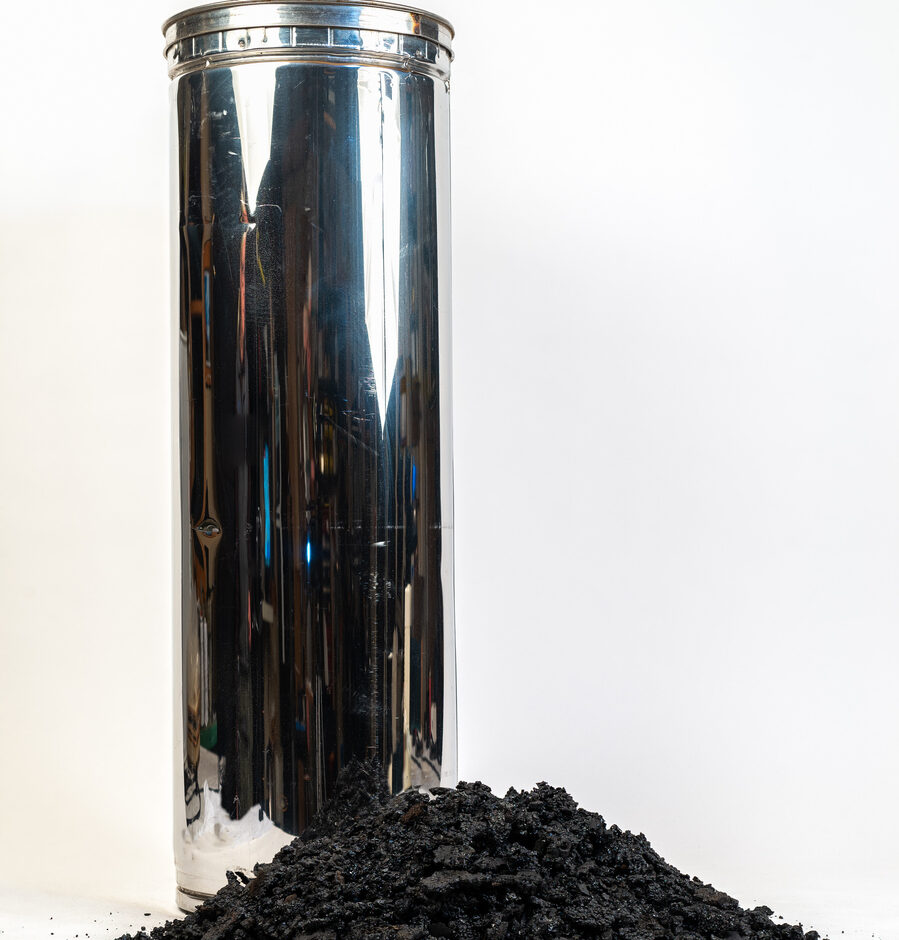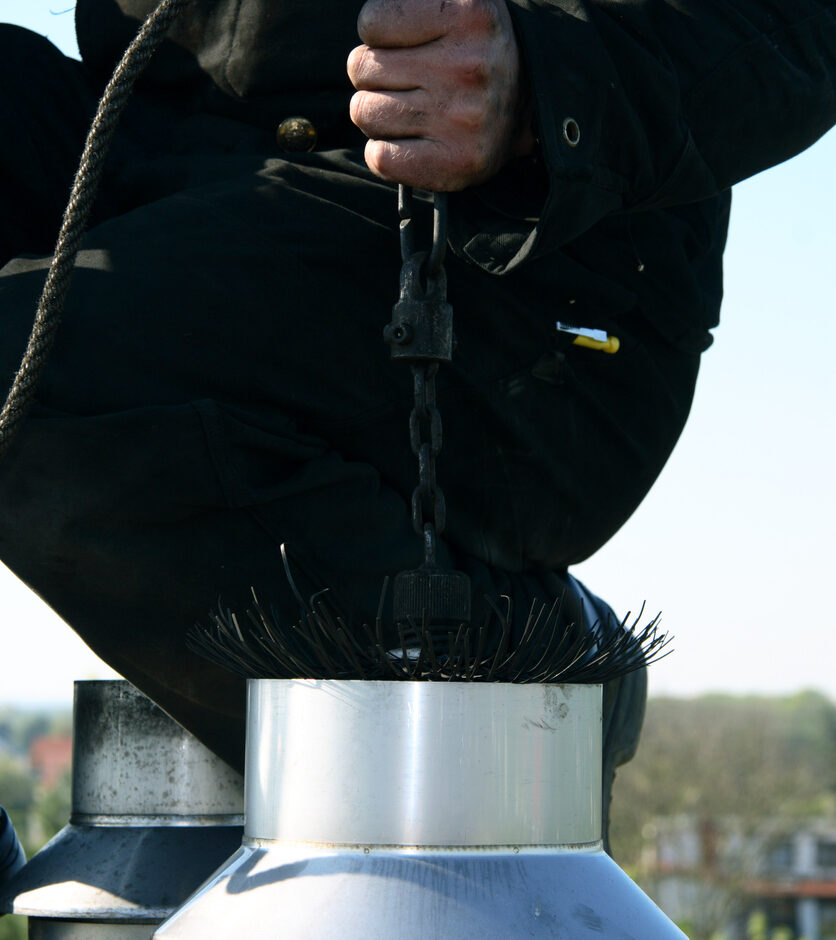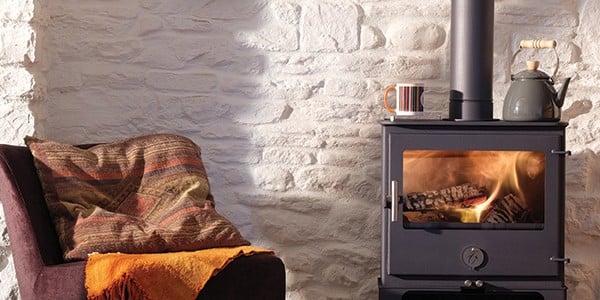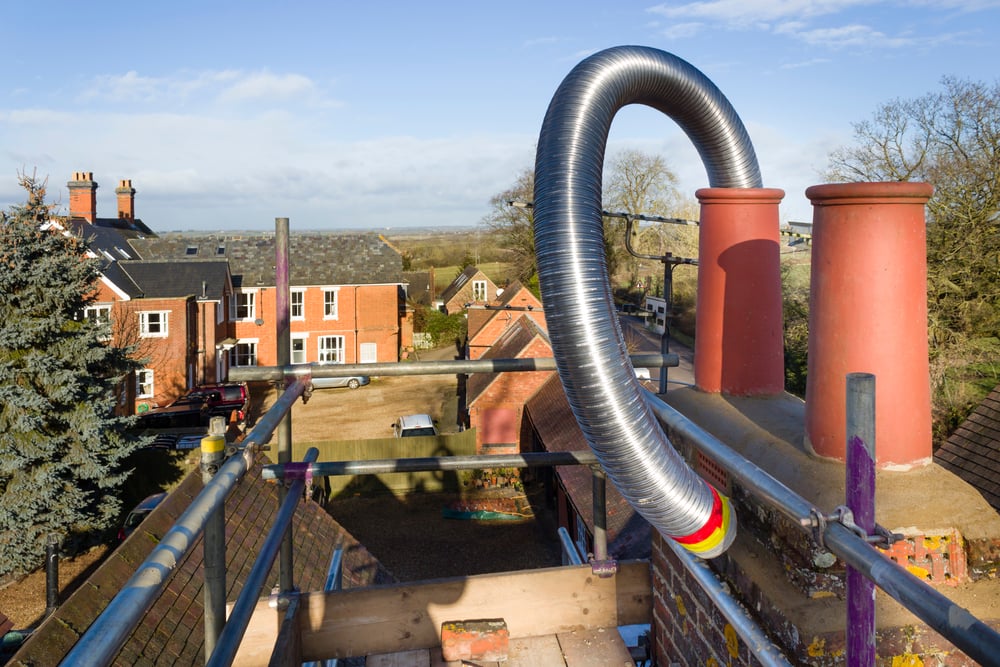Why do I have creosote in my chimney?
Creosote occurs naturally when burning wood; having a small amount of creosote prior to your bi-annual chimney sweep is not something to be ashamed of! However, there are irresponsible burning practices and appliance oversights that can contribute to larger, more frequent, and dangerous build-ups.
Most common causes of creosote build-up
You are burning wet wood
Make sure you’re using Ready to Burn wood with a moisture content of 20% or less. Burning wet wood burns much less efficiently and with much more smoke, building creosote in your chimney at a much higher rate.
You are not getting your chimney swept
Ensure you book a chimney sweep twice a year to keep creosote build-up at a minimum. The optimal times to book a sweep are just before the heating season and just after.
Your chimney is too large for your stove
If your chimney is not suitable for your appliance, it will likely produce insufficient draught to expel smoke and combustion by-products. This results in smoke and gases re-entering the room, reduced airflow in your appliance, and incomplete combustion, causing creosote build-up.
There is insufficient airflow
Correctly using air control vents, ensuring your property is well ventilated, and not overloading your appliance can contribute to increasing airflow, which in turn helps avoid incomplete combustion leading to creosote build-up.
You are slumbering your stove
Slumbering a stove that is not specifically designed to do so can lead to incomplete combustion and a build-up of creosote.
You fires are not burning hot enough
A cold flue has poor draw and can cause combustion by-products to re-enter the room or condense along flue walls, forming creosote deposits.
Multiple factors can affect the amount of creosote in your chimney and how fast it forms, such as:
- The density of the smoke and vapour produced by your fire (less smoke = less creosote)
- The temperature of the surface of your chimney or flue (higher temperature = less creosote)
- The moisture content of the wood being burned (drier wood = less creosote)

Due to appliance differences, there may be other reasons why creosote is building in your chimney. Ensure you are always following the manufacturer’s guidance for your appliance. If you’re burning responsibly but still experiencing a significant build-up of creosote in your chimney, contact your local HETAS Approved Servicing Technician to arrange an inspection.
Signs there is creosote in your chimney
There are multiple signs that creosote is present in your chimney. Depending on the location and size of the build-up, it can sometimes be seen by simply shining a torch up your chimney. However, as creosote can form in bends in the flue or near the top of your chimney, it can’t always be seen. Some signs to look out for include:
Creosote odours
Creosote build-up has a distinct smell that is often described as chemical and medicinal, changing to burnt tar or asphalt during burning. If you frequently smell these odours, it is possible that there is significant creosote build-up in your chimney.
Creosote contains naphthalene – a natural by-product of burning wood – so it has a very noticeable smell. Naphthalene has a very low odour threshold, meaning it can be detected at very low concentrations. If you can smell creosote, there are likely deposits present in your chimney.
Smoke re-entering the room
As creosote can restrict your flue draught, some smoke and gases can re-enter your room instead of being expelled from your chimney. Smoke re-entering the room when you burn can point to a number of issues – contact your local HETAS Approved Servicing Technician to arrange an inspection and identify the issue.
Black tar-like marks inside your appliance
Black, sticky marks that resemble tar in your wood burner are a sign of significant creosote build-up. The condensed gases that didn’t solidify on your flue and form hardened creosote will have fallen back down, forming this tar-like substance in your appliance.
Upon first finding black marks inside your appliance, try wiping them with a damp cloth to see if these marks are actually just ash. If the marks have a viscous consistency, there may be significant creosote build-up in your chimney.
Hearing tinkling sounds in your appliance
High-pitched sounds that resemble a tinkle or a chime during or shortly after burning are a sign that there may be creosote build-up in your chimney. The cause of these sounds are small fragments of hardened creosote that, due to the heat from your fire, occasionally dislodge and fall into your appliance. These pieces can also be dislodged due to strong winds or disturbances to your chimney.
Difficulty starting a fire or keeping a fire going
Encountering difficulties with your fire could be a sign of insufficient airflow. Your wood requires oxygen to keep burning; controlling the airflow of your appliance can help produce a much more efficient burn. Creosote build-up is one of the many causes of poor airflow – when deposits get large enough in your chimney, they can significantly restrict the amount of air, causing difficulties with starting a fire or keeping a fire going.
The cause of insufficient airflow can vary from misusing your vents to creosote build-up – it can even be a sign that your chimney is not the appropriate size for your appliance. If you continue to encounter problems lighting a fire, contact your local HETAS Approved Servicing Technician to arrange an inspection.

How to remove creosote
Creosote gets progressively more difficult to remove as the degree of build-up increases. It is highly advisable to book a chimney sweep to remove creosote deposits in your chimney – they will have the experience, knowledge, and equipment required to successfully eliminate creosote deposits from your chimney.
Your HETAS Approved Chimney Sweep will use a range of tools, from power sweeping whips to chemical removal kits, to eliminate creosote deposits in your chimney, helping you keep burning cleanly and safely.
Without these tools it is unlikely that you will successfully remove stubborn creosote deposits; your chimney sweep will be able to tackle deposits with much more success than if you attempt to remove creosote yourself.
Do I need to worry about creosote if I don’t burn that often?
Whilst the likelihood of significant creosote build-up increases if you burn more often (or burn irresponsibly), care should always be taken. As creosote is a by-product of combustion, it can form in your chimney whether you burn once or a hundred times a year.
It is advisable to get your chimney swept twice a year so you can continue to burn cleanly and efficiently – regular sweeping ensures any early signs of creosote are eliminated, preventing further build-up.
Following our top tips for optimal burning and understanding how to use your wood burner responsibly will significantly reduce creosote build-up in your chimney.
Book a HETAS Approved Chimney Sweep
Chimney fires follow the same conditions as starting a fire – heat, fuel, and oxygen is required. Heat and oxygen will be present in your chimney whilst you burn; don’t risk a chimney fire by not eliminating the creosote that acts as a highly flammable fuel.
Book a HETAS Approved Chimney Sweep and make sure your chimney is clear of any potentially dangerous deposits.



